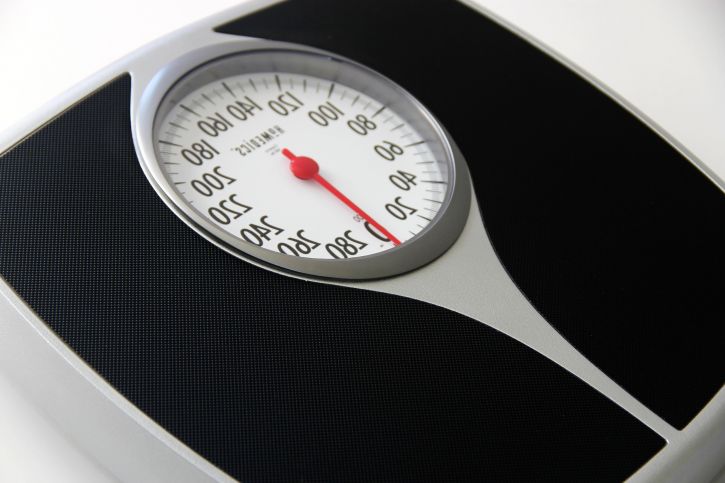Approximately 16 million people in the United States are diagnosed with diabetes. In reality, though, this figure is much higher. It is estimated that another 5.4 million people have the disease and are not aware of it. Type II diabetes, also called adult onset diabetes, now appears routinely in six year old children. Minorities are at particular risk, as their diet consists mainly of cheap fast foods, such as hamburgers, fried chicken, pasta, potatoes, refined sweets and other highly processed foods and beverages.
These foods typically cause a rapid increase in blood sugar, which stimulates the production of large quantities of insulin. When there is too much insulin in the blood, the body reacts by producing the chemical somatostatin, which suppresses insulin release. In due time this natural response translates into diabetes. Compared with Caucasians, African Americans have a 60% higher risk of developing diabetes and Hispanics have a 90% increased risk. Considering the large number of undiagnosed diabetics, physicians are now losing more patients to diabetes than they are diagnosing.
A person was considered overweight if their body mass index (BMI) – the most commonly used method for calculating if a person weighs too much – was 25 to 29. Anyone with a body mass index of 30 or greater was categorized as obese. Using the body mass index to determine risk for diabetes is not completely reliable and can keep these numbers lower than they actually are. Taking averages in human statistic analysis always ends up distorting the true figures.
By removing the discrepancies that exist with currently used body mass calculations, it is likely that almost every diabetic is overweight or obese. Likewise, a person who is overweight or obese can actually be considered diabetic, or at least insulin resistant. Due to the accumulation of abnormal amounts of new cells in the overweight person, there is simply not enough insulin available to meet all the nutrient demands of these extra cells. And although the pancreas may still make a normal or a little extra amount of insulin, the added weight leads to a relative insulin shortage. Eventually, the pancreas suffers from being continuously over-extended. The side-effects of a relative insulin-deficiency can be just the same as an absolute insulin-deficiency where pancreatic cells stop producing insulin altogether.
References
http://kidshealth.org/en/parents/weight-diabetes.html
http://www.obesity.org/content/weight-diabetes
Related Products




Leave a Reply